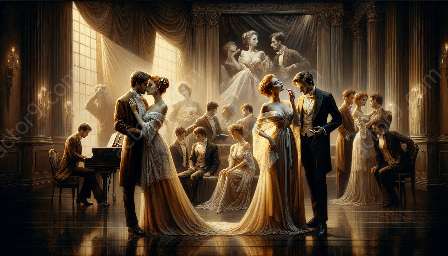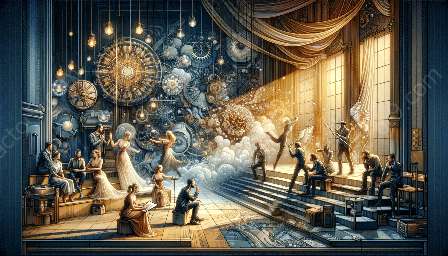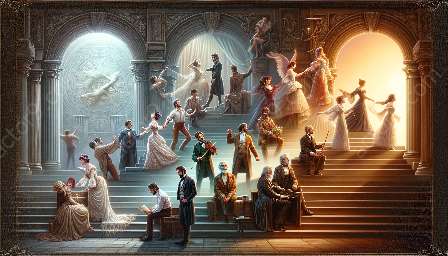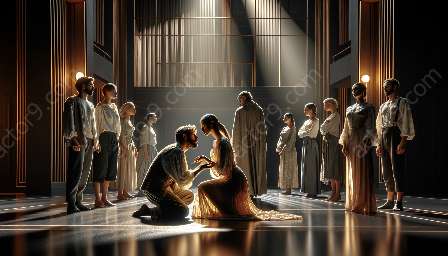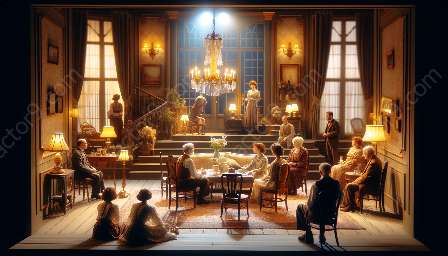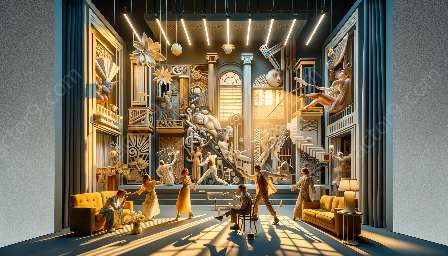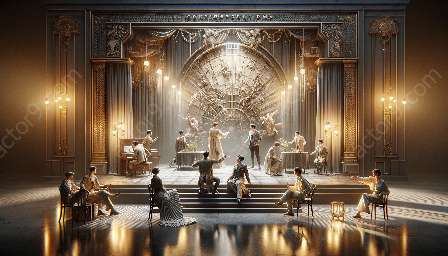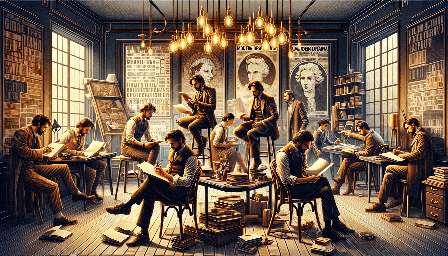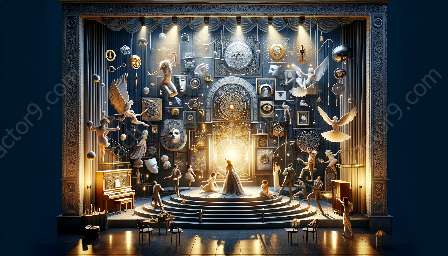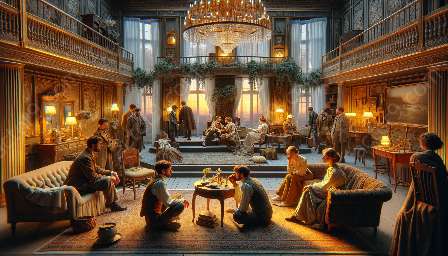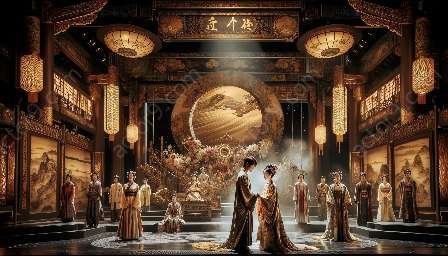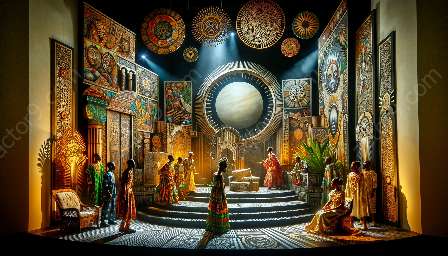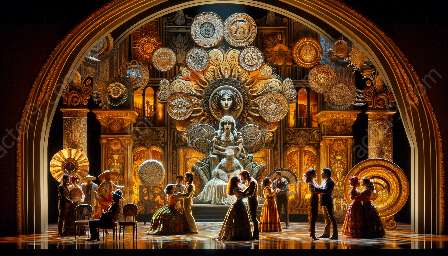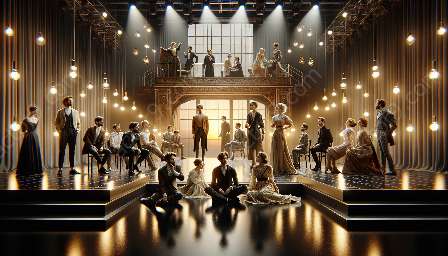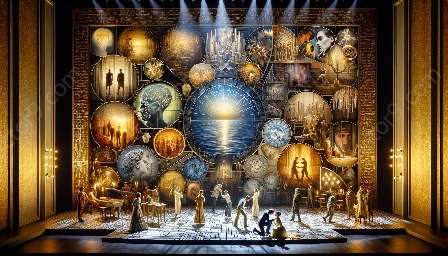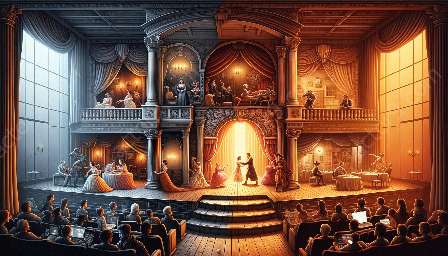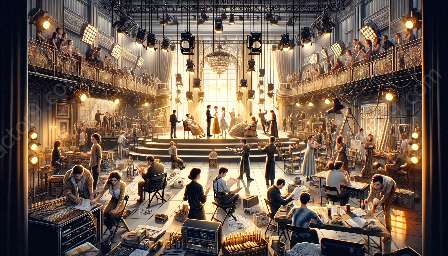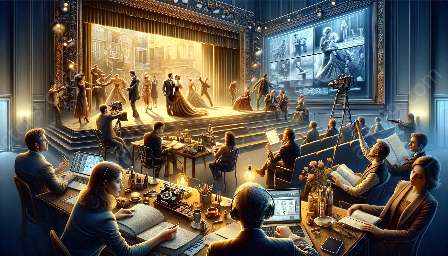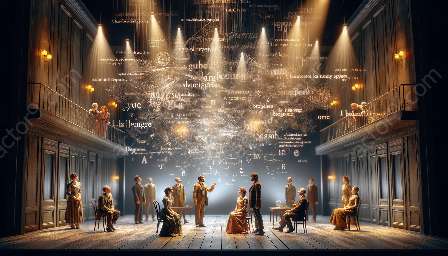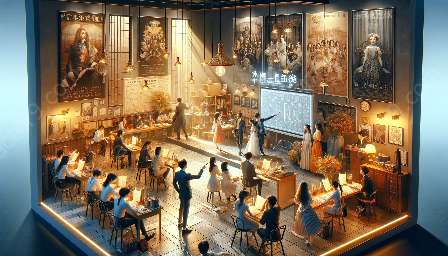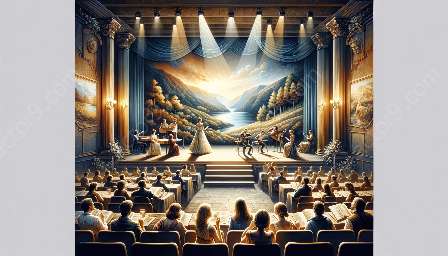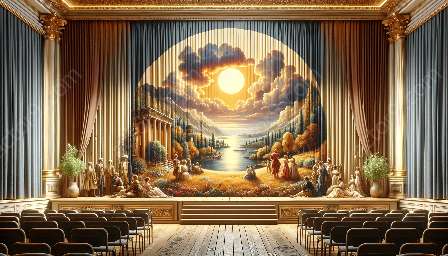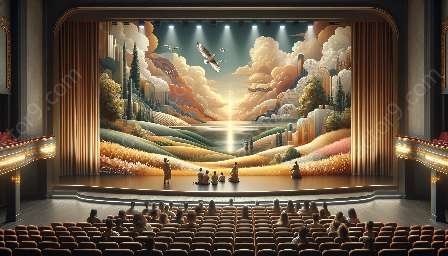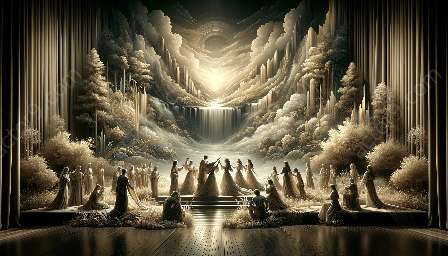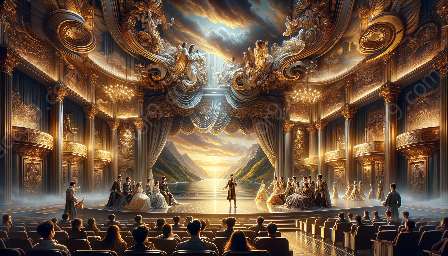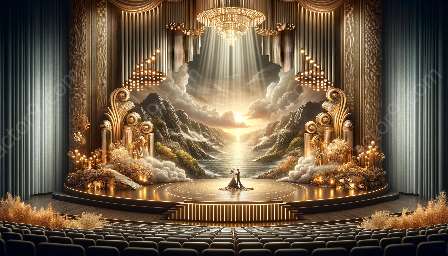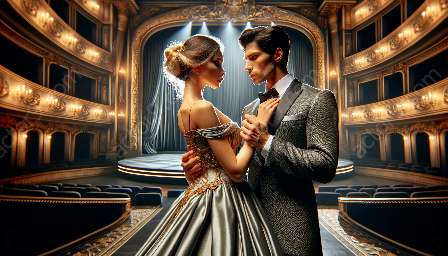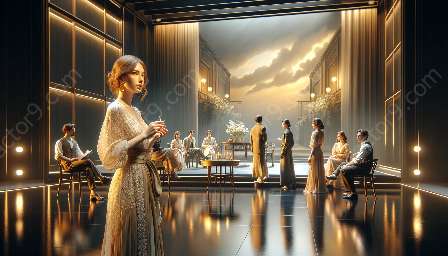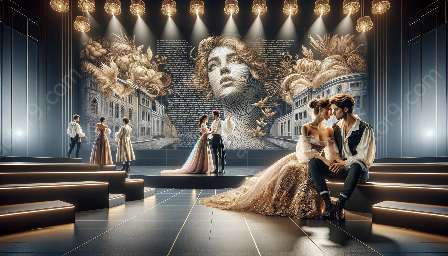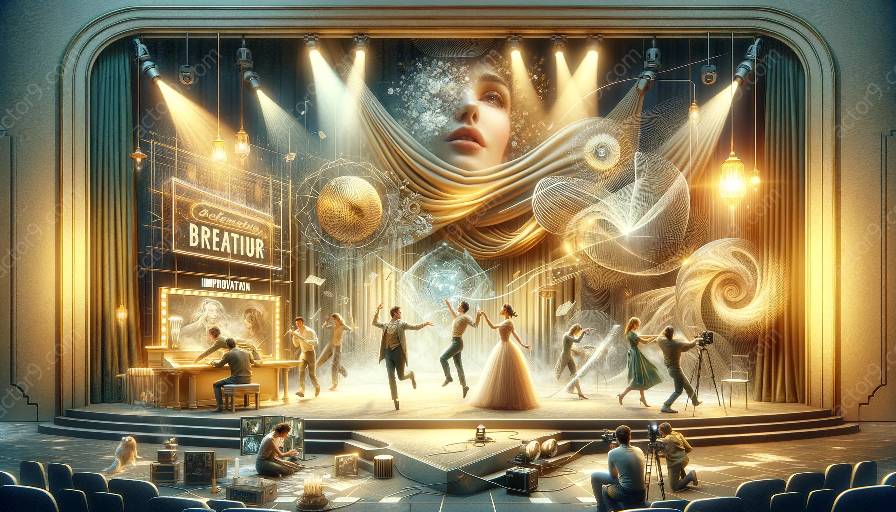Theater, as an art form, is a multi-faceted medium that engages the senses and emotions of an audience. One of the fundamental elements that contribute to the immersive experience of theater is physicality and movement. In this discussion, we will explore the significance of physicality and movement in theater, particularly in the context of modern dramatic techniques and trends in modern drama.
The Importance of Physicality and Movement in Theater
Physicality and movement in theater play a crucial role in conveying emotions, telling stories, and creating meaningful connections with the audience. In modern drama, the emphasis on authenticity and realism has heightened the significance of physicality as a means of communication. By integrating movements that are natural and organic, actors can bring a sense of rawness and honesty to their performances, allowing audiences to relate to the characters and narratives on a deeper level.
Furthermore, physicality and movement are integral to the visual and spatial aspects of theater. Choreographed movements, gestures, and interactions between characters contribute to the overall aesthetic appeal of a production. In modern theater, where experimentation and innovation are embraced, the interplay between physicality and spatial dynamics has become a source of creativity and inventiveness for playwrights, directors, and performers.
Integrating Physicality and Movement with Modern Dramatic Techniques
Modern dramatic techniques encompass a wide range of styles and approaches that reflect the diverse and dynamic nature of contemporary theatrical expression. When it comes to physicality and movement, modern dramatic techniques encourage actors to explore physical expression beyond traditional boundaries. This can involve the use of dance, mime, acrobatics, and other forms of physical performance to convey complex emotions and narrative elements.
In addition, modern dramatic techniques often incorporate interdisciplinary collaborations, where physicality and movement are intertwined with technology, sound design, and visual effects. This integration of modern technology with physical performance not only enhances the sensory experience for the audience but also expands the possibilities for storytelling and character development.
Embracing Physicality and Movement in Modern Drama
Modern drama is characterized by its willingness to push boundaries and challenge conventions. This openness to experimentation extends to the realm of physicality and movement, where performers and creators are encouraged to explore new avenues of expression. The use of physicality as a storytelling device, as well as a means of evoking powerful emotions, has become a defining feature of modern drama.
Moreover, the fusion of different cultural and movement traditions has enriched modern drama, offering a diverse and inclusive landscape for physical expression. Contemporary theater productions often draw inspiration from various movement practices, such as martial arts, yoga, and physical theater, to create compelling narratives that resonate with audiences across different cultural backgrounds.
Conclusion
Physicality and movement in theater continue to hold immense significance in the realm of modern dramatic techniques and modern drama. These elements not only shape the visual and sensory experiences of audiences but also serve as powerful tools for communication and storytelling. As theater evolves and adapts to contemporary sensibilities, the exploration of physicality and movement as integral components of theatrical expression will undoubtedly remain at the forefront of innovation and creativity in the modern dramatic landscape.

